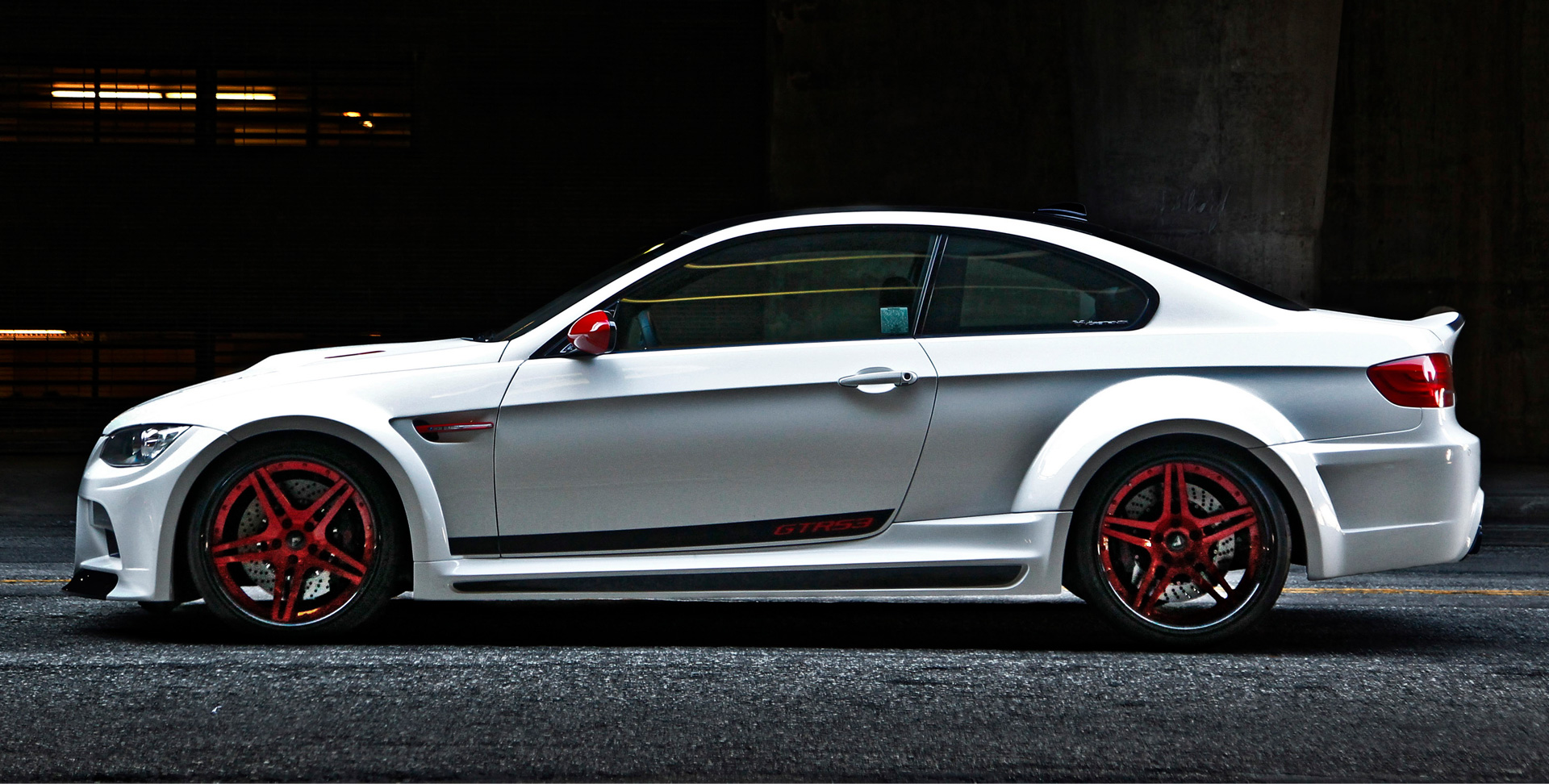The E30 M3 was constructed by BMW
The E30 M3 was constructed by BMW for a predominate purpose – to homologate a race car suitable for the European Touring Car Championship (ETCC). To accomplish this, BMW was required to construct 5,000 street-bound examples. The E30 3-series was the best suited automobile in BMW’s product line to undergo this transformation.
Certain rules in the racing series heavily influenced characteristics of the production M3. For example, the shape of the body of an ETCC entry could not be altered from the homologated version. The deep front spoiler, rear windscreen “cap”, rear trunk lid and spoiler were incorporated for high speed aerodynamic performance. The wide fender flares allowed large race tires and wheels to fit under stock bodywork.
In 1990, with an already successful agenda on the track, BMW introduces the Sport Evolution. The Sport is the third and final special edition Evolution M3 and by far, the most radical of the street-going M3’s. Production reaches 600 to surpass the 500 models required for homologation in Group A DTM.
While there are many specific alterations to the Sport Evo which vary from the standard M3, several modifications focus on achieving maximum competitive advantage in Touring Car racing. Rules of the time require that racing models (a) run the same engine and displacement as the homologated car and (b) no sheet metal or aerodynamic aids can vary from the homologated model.
For this reason, the Sport Evolution displaces 2467cc, nearing the 2500cc Group A limit. The Sport Evo is equipped with a multi-position adjustable front splitter and rear lip spoiler so that downforce can be dialed in on a per track basis. Wider fender wells allow clearance of larger 18″ racing wheels.





